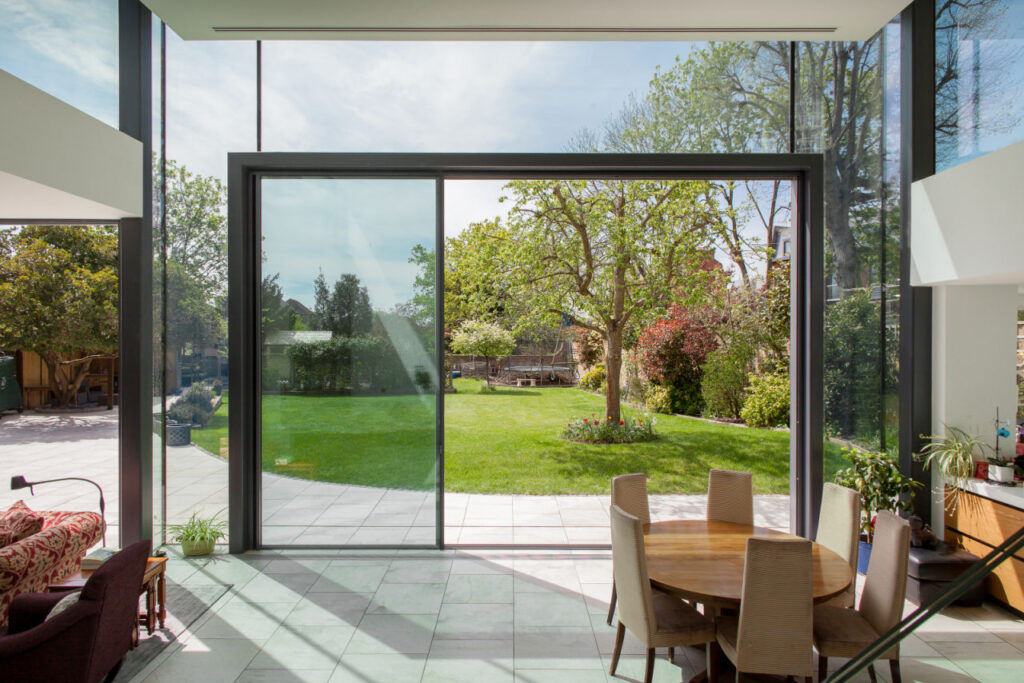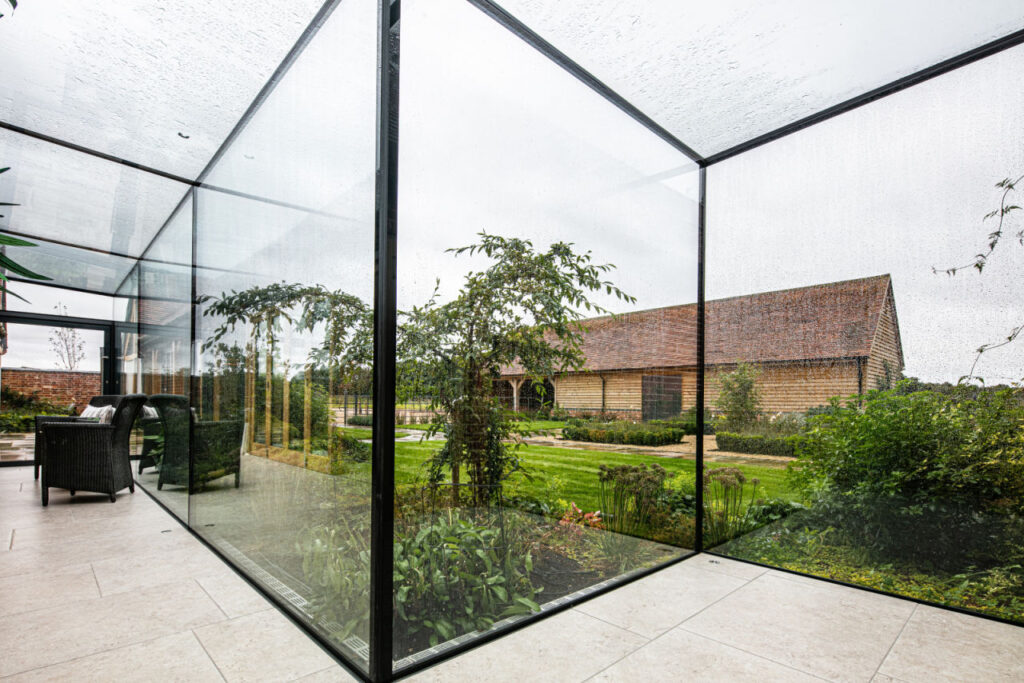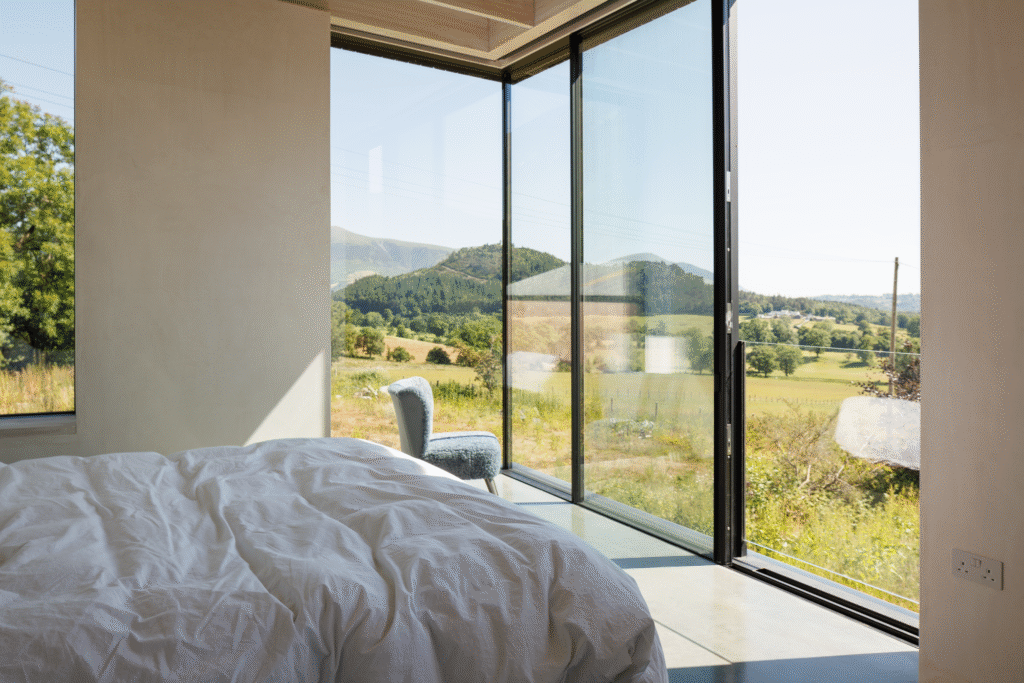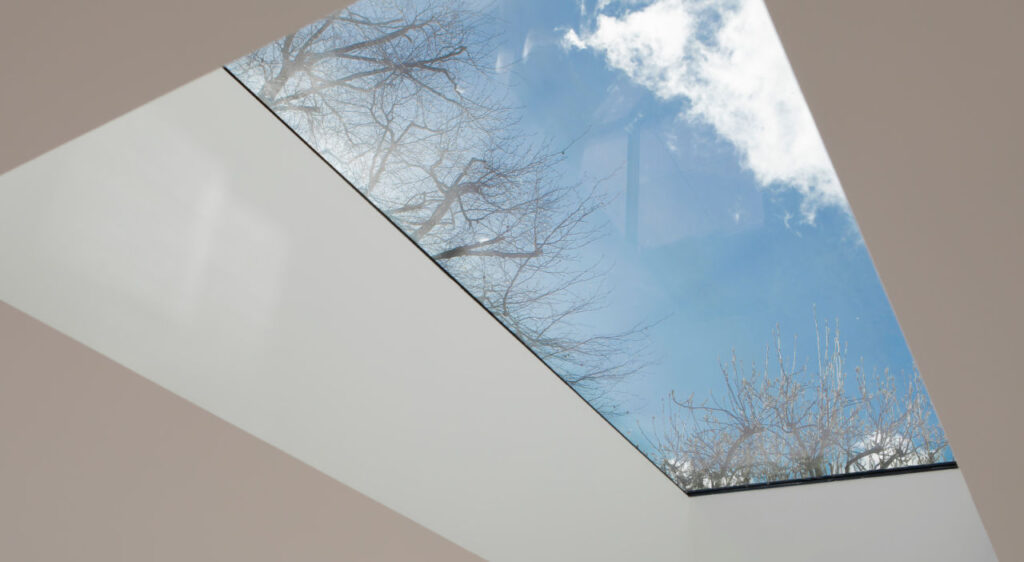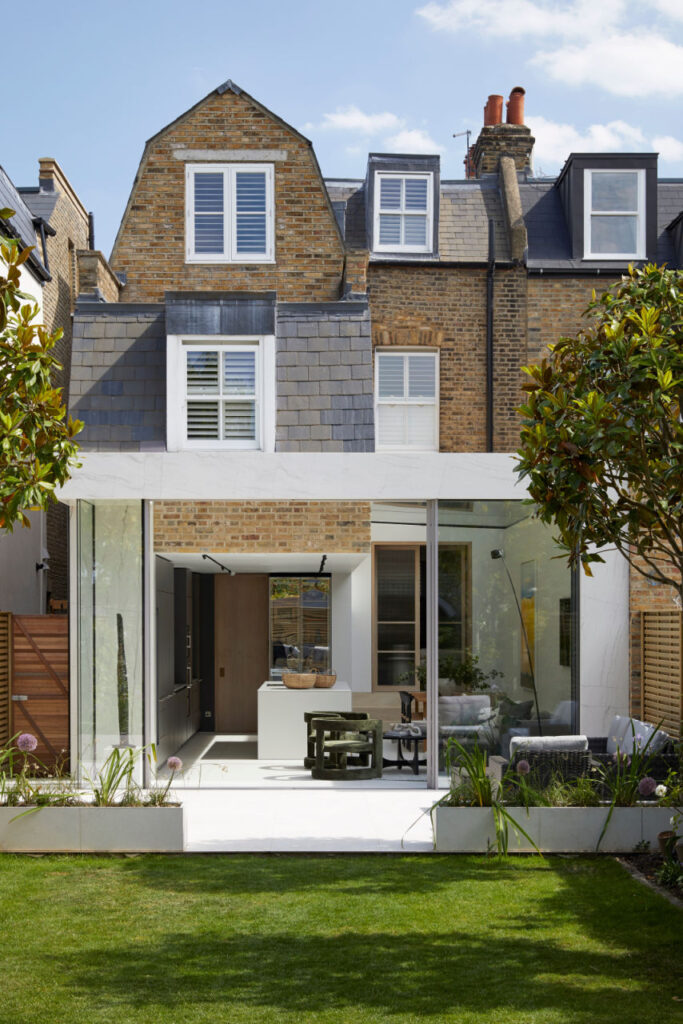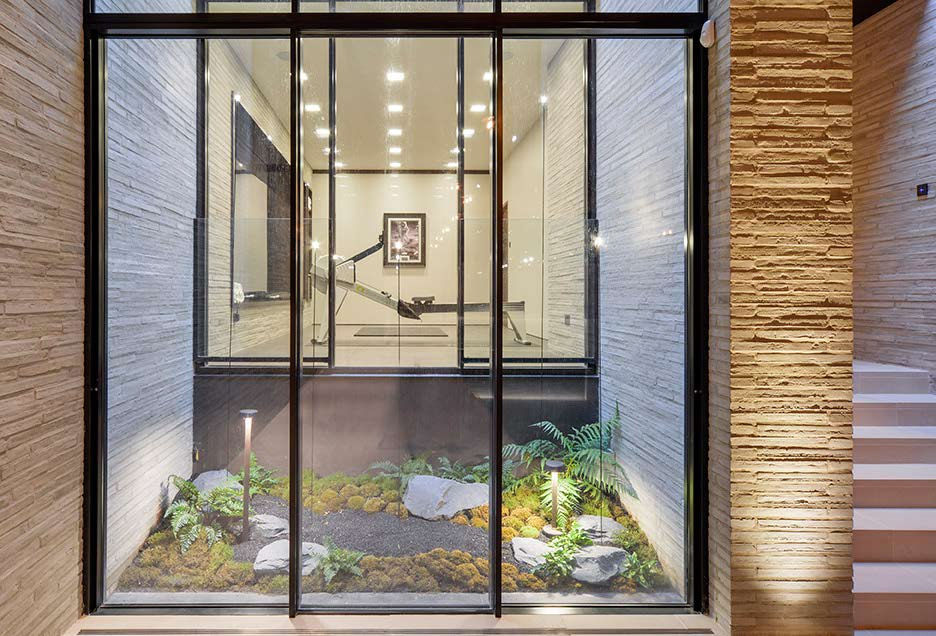What Is Solar Control Glass And Does My Project Need It?
As property developers, house builders and homeowners seek ever new ways to improve the energy efficiency of their buildings, so too is the glazing world stepping up to make sure that glass is up for the challenge. Double and triple glazing may seem like the first port of call for this, but in this blog post we are going to explore the other, lesser known glazing innovation: solar control glass.
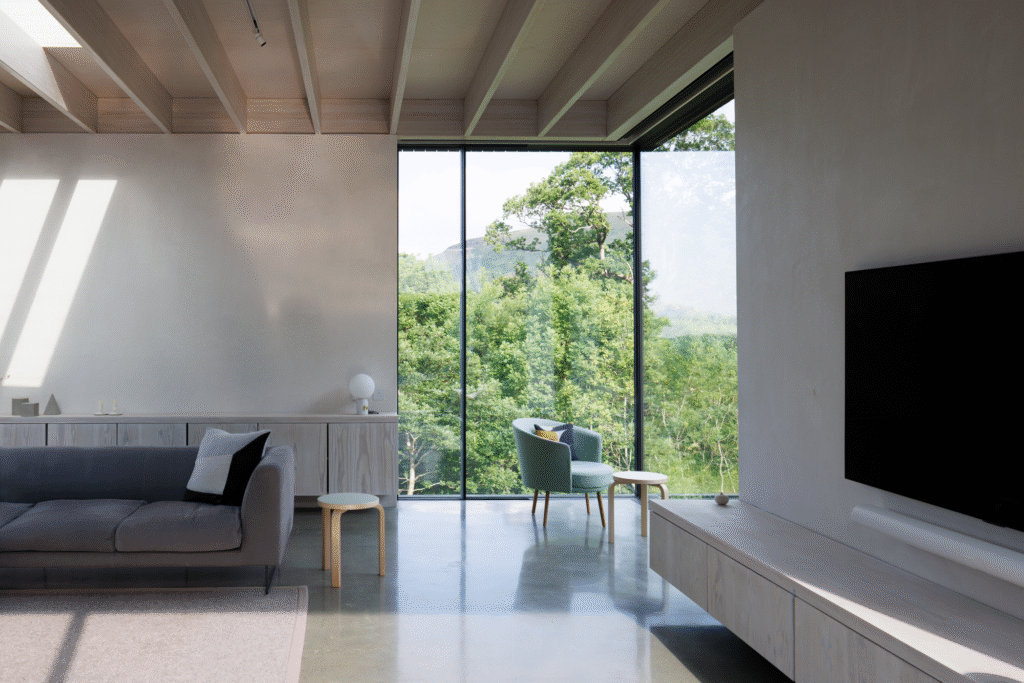
Not as widely known, solar glazing can tend to be overlooked, dismissed as a non-essential luxury or simply not required in countries this side of the equator, but times are changing. As climate change pressure builds and UK homes and businesses need to stay cooler without impacting the environment, solar control glazing could be the key to unlocking comfortable, visually impactful, but most importantly: sustainable glazed buildings.
So, what exactly is solar control glass, and does your project really need it? Read on to find out.
What exactly is solar control glazing?
Solar control glazing is an umbrella term for the vast array of glass options on the market that are designed to specifically regulate the amount of sunlight and solar heat that can enter through it. It is used as an extra application on everything from sunroofs to skylights, windows, sliding glass doors and curtain walling. Unlike standard glass, which has no UV protection -so yes, you can get sunburnt through it– solar control glass is treated with special coatings, inlays or tints to reduce the solar radiation levels and heat gain, while maintaining optimum natural light.
The effect of this will be that the room stays cooler in summer, without compromising on the views or quality of daylight. Plus, when used correctly, solar control glass can also aid in thermal insulation, meaning that less heating is required, and the home is more energy efficient all year round.
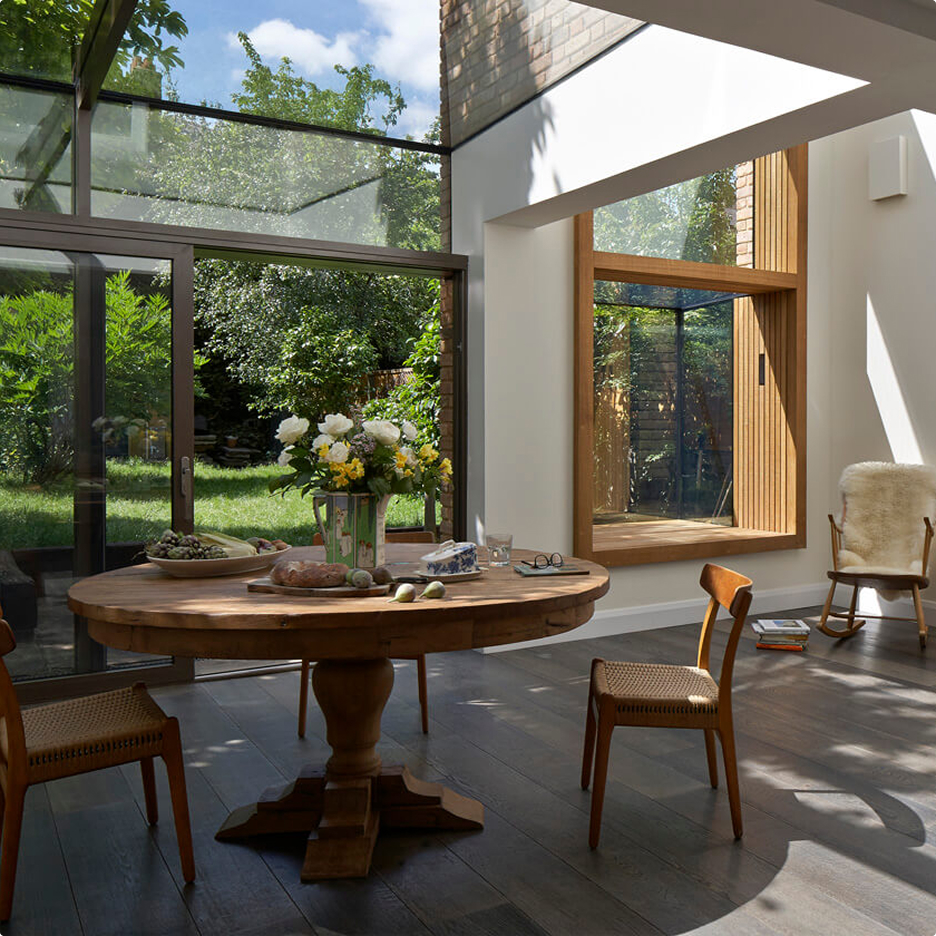
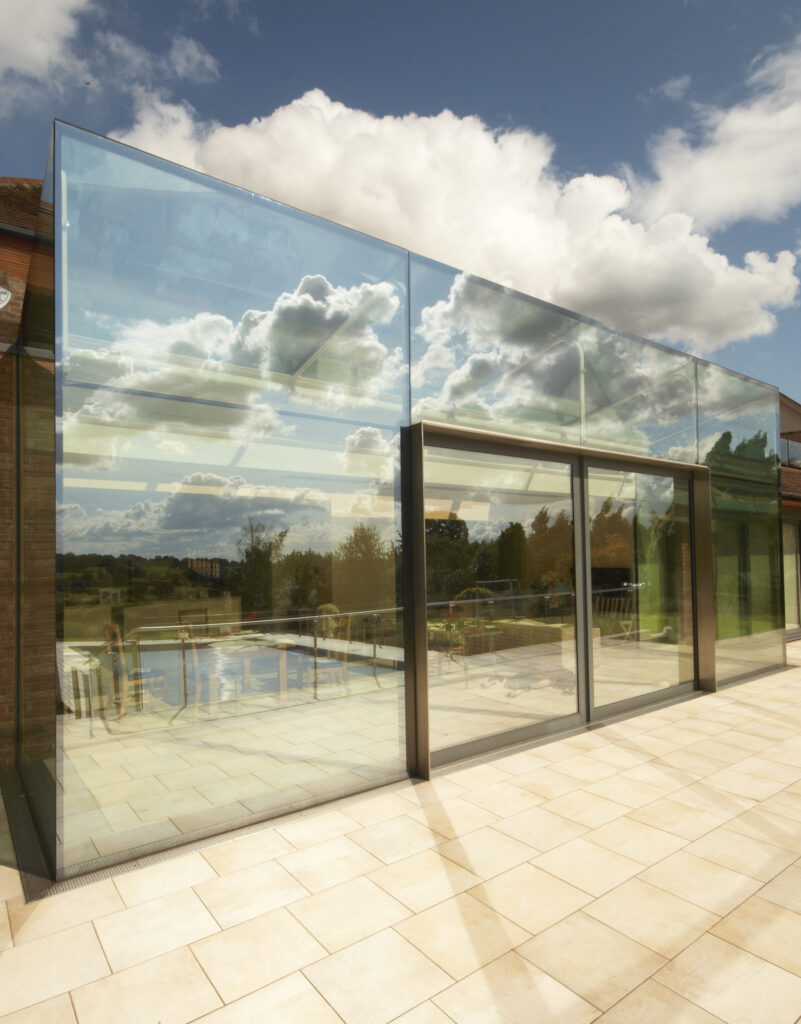
Types of solar control glass
As with any innovative technology, solar glazing comes in several different varieties, all suited to different applications, needs and aesthetic requirements. Here are some of the most popular options:
- Absorptive glass: This type is tinted to absorb a portion of solar heat. While it reduces glare and heat, it can slightly darken interior spaces.
- Reflective glass: Coated with a thin metallic layer, reflective glass bounces sunlight away from the building. It’s more commonly used in commercial settings but can be effective for homes with large south-facing façades.
- Low-emissivity (Low-E) coatings: These are often combined with solar control layers. They help keep heat inside in winter and reduce heat gain in summer — ideal for the UK’s fluctuating climate.
- Spectrally selective coatings: These high-performance coatings allow visible light through but block infrared and ultraviolet radiation. This lets you enjoy sunlight without the associated heat or fading of interiors.
- Integrated solar control in double/triple glazed units: Most residential projects in the UK opt for sealed units that combine solar control and thermal insulation in one. A smart choice for efficiency and practicality.
- Solstice Glass: Here at Cantifix, we created our own advanced solar control solution, based on the findings of a study we worked on with the University of Oxford. Solstice Glass balances high transparency with powerful solar performance, while harnessing the health giving benefits of natural light. This allows you to enjoy crystal clear views, without the heat build up of traditional glazing.
Why might I need solar control glass?
Okay, so England may not be known for its tropical heat, but solar gain can still be a significant year round issue, especially in south or west facing rooms, or this with largely glazed areas. Nobody wants a beautifully glazed extension that is too hot to use, and with average temperatures rising and heatwaves becoming more frequent, this is only going to get worse. We are already seeing solar glass being specified as standard in modern homes, as keeping buildings cool without energy guzzling air conditioning becomes a genuine concern.
Here’s how solar control glass can help to combat this:
Reducing overheating in summer
By limiting the amount of solar energy entering your home, solar coatings can help to keep internal temperatures manageable, and as such, will reduce the need for blinds, fans, or air conditioning.
Supports year-round thermal comfort
When paired with property-wide insulation and other thermal envelope solutions, solar glass can help you keep everything at a comfortable temperature, whatever the season.
Energy efficient solution
Less reliance on artificial cooling or heating means lower energy bills, and a lower environmental footprint both during the hot weather (for cooling) and colder days (for heating).
Aesthetically flexible
Modern solar control options like Cantifix’s Solstice Glass can be installed into nearly any type of framework or location, and they are pretty much undetectable. You can enjoy minimalist, frameless, or open-plan designs without visual disruption.
Protects Interiors
Another aspect of solar coatings and glazing that is worth considering, is their ability to protect the room from harmful UV light when it comes to fading. While this is desirable in homes – it will protect wallpaper, furniture and artwork from the degradation of the sun’s rays, it is of the utmost importance in heritage and museum locations. One example in action is our recent work at the Fitzwilliam Museum in Cambridge. We were called in to do some much needed renovation work to the Victorian domed windows that sit over some of the most popular galleries. As well as the aesthetic and historic preservation prerequisites, the Museum was also keen to do all that they could to protect the precious artifacts and artworks below. To protect the artwork from a high-performance SunX film was applied to the glass. This film controlled the type and density of light waves entering the galleries, creating an optimal environment for preserving the collection, meaning the public could view the work in perfect natural light, without the items having to suffer from the exposure.
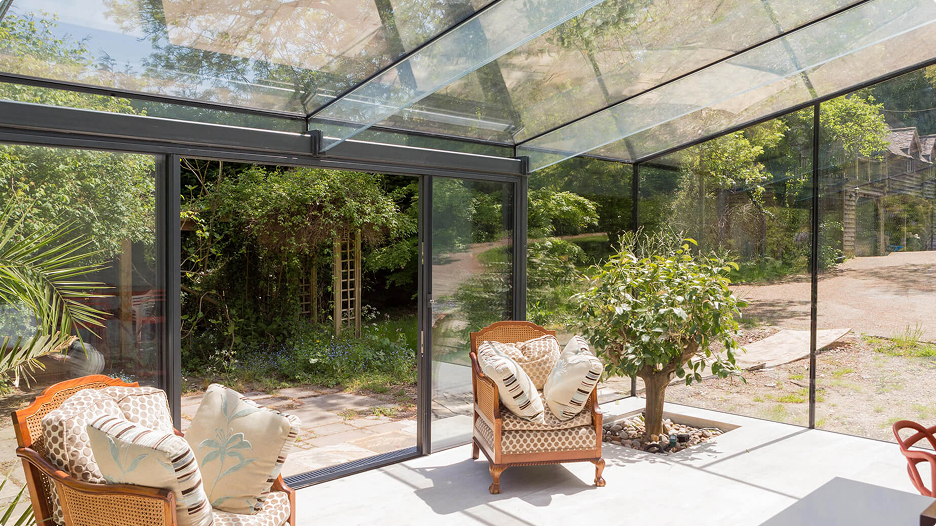
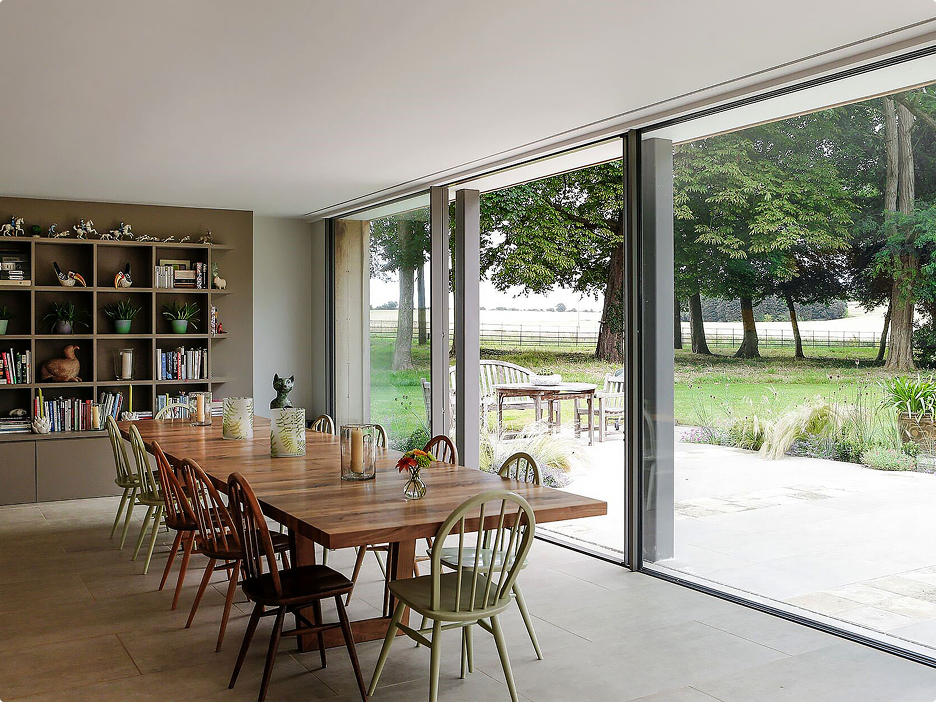
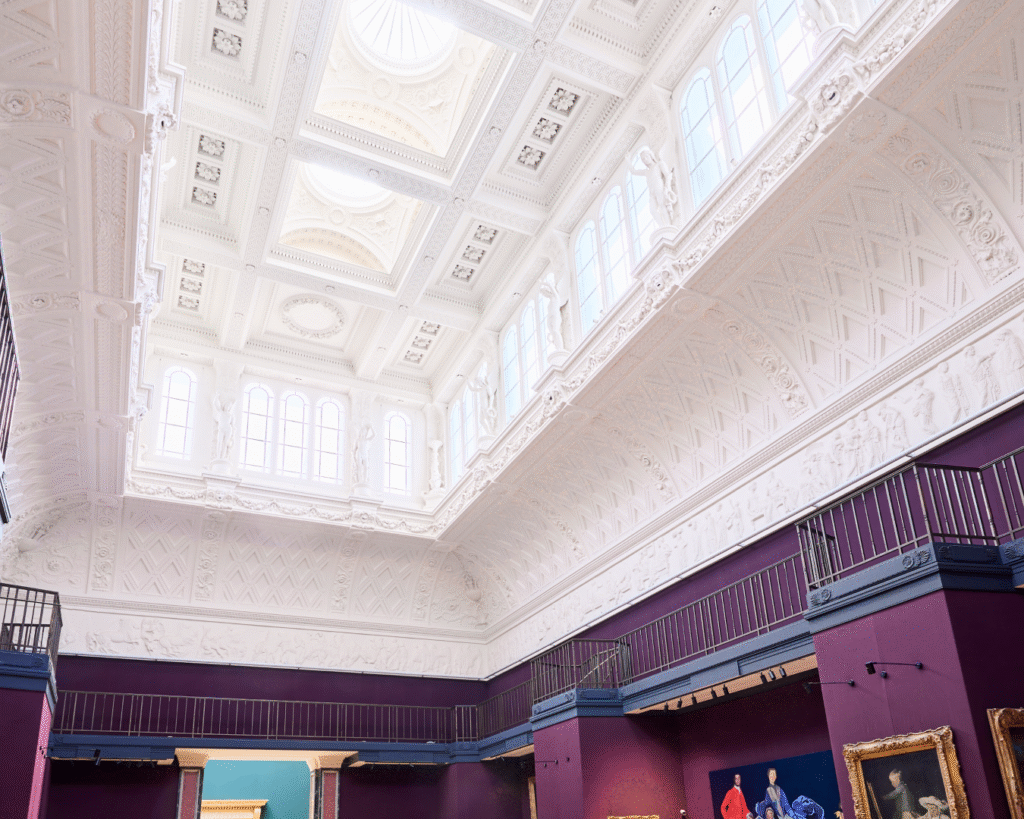
How effective is solar control glass?
The true value of any innovation lies in its effectiveness, rather than its promises, and you may be wondering what solar control glass’s actual performance is like. For this, there is no one clear answer. Because it is an application that comes in a variety of forms and can be applied to different products in different locations, it is impossible to give a definitive result. There are just too many variables at play. However, from our experience, the results can be compelling, if not astounding when used properly.
A well designed and installed solar control panel can cut solar heat gain by up to 60% or more, when compared to standard glazing. G-values (the measurement unit of solar gain) and U-values (the unit of thermal insulation) are key factors in determining this. If they are balanced to suit the correct orientation, size of glass and other specifications of a space, then there’s no reason why these results cannot be achieved.
One common misconception is that the solar control glass is pointless in the UK, but we challenge you to stand in a traditional conservatory on a sunny day in mid-July. Plus, when you consider how heavily glass is used in modern architecture, especially in urban locations – both residential and commercial- it is simply no longer the case. Hotter summers, warmer winters and more glass, surely equals more need for solar control within our buildings. Glass extensions, offices with all glass walls, home offices with glass roofing; all of these places can be made usable all year round by avoiding the risk of becoming heat traps, with the application of solar control glazing.
Of course, any technologically advanced system will not be cheap, and solar glass is no exception. But while it may be more expensive than the standard options, it should be seen as an investment in the future: not just in terms of energy efficiency savings, but also in the liveability and longevity of your home as a whole.
A note of UK building regulations & energy efficiency
As the deadlines for the Future Housing Standards loom, the rules around thermal performance and energy efficiency are only going to get tighter. Under Part L of the Building Regulations, new homes and extensions in the UK must meet strict energy efficiency criteria. Incorporating solar control glazing can help reduce the risk of overheating, which is a major compliance factor, and can contribute to overall thermal performance targets. It’s a practical way to improve comfort while staying aligned with regulatory standards.
One common misconception is that solar control glass is pointless in the UK, but we challenge you to stand in a traditional conservatory on a sunny day in mid-July
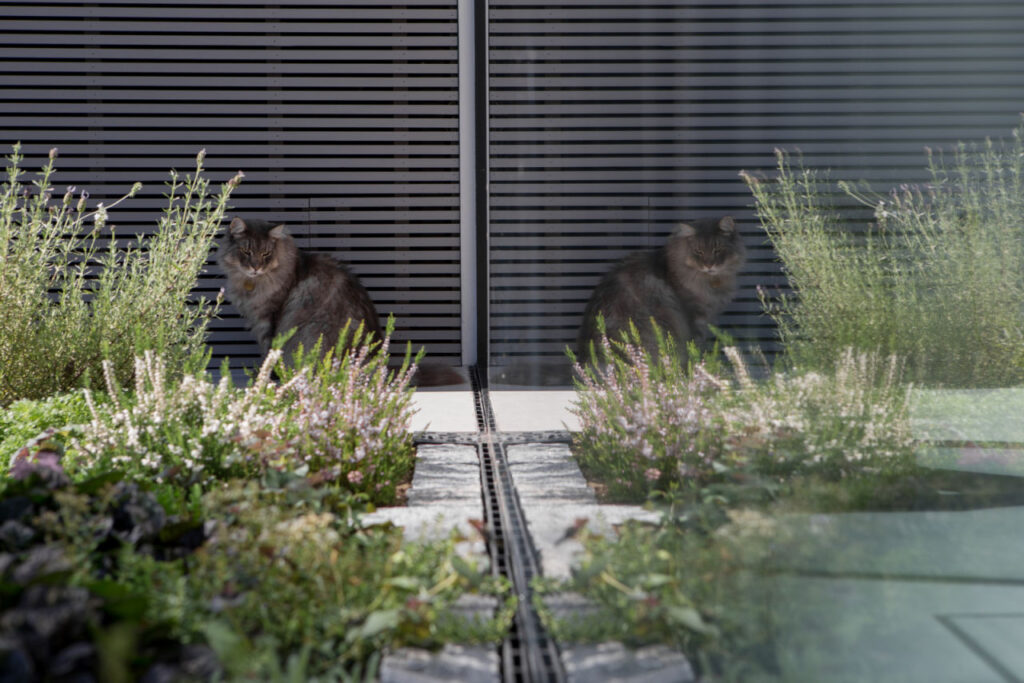
FAQs on solar glazing
Does solar control glass work in the winter?
Yes. While it is primarily designed to reduce heat gain in summer and hot sunny days, modern solar control glazing (especially when combined with Low-E coatings ) can still retain warmth during colder months. This makes it suitable for year-round comfort in the UK.
Is solar control glass worth the extra cost?
Although it comes with a higher up-front cost when compared to standard glazing, the long-term benefits, such as reduced energy bills to improved comfort and protection of interiors, can often justify the investment. It is particularly valuable in highly glazed or south-facing spaces, or places where UV protection is essential.
Can I use solar control glass in listed buildings/conservation areas?
While this will depend on the specific planning authority local to the project , in many cases, discreet, high-performance options such as Solstice Glass can be used without compromising the character of the property, and may actually aid in the protection of precious historic interiors and furniture. Always make sure you check with your architect or planning officer before making any decisions.
With the UK’s climate becoming ever more unpredictable and architectural designs favouring light-filled spaces, managing solar gain is more important than ever. While solar control glass may not be the first thing that springs to mind when planning a renovation or new build, it could play a vital part in helping the whole building stay energy efficient in the long run. And with new innovations in glazing happening all the time, we are so excited to see what the future holds for pushing glass to do more than we could ever have imagined. Cantifix will always be at the forefront, helping to develop the glass solutions of the future.
If you’re unsure whether solar control glazing is right for your project, we’re here to help you weigh the options and find a solution that works especially for you and your home.
